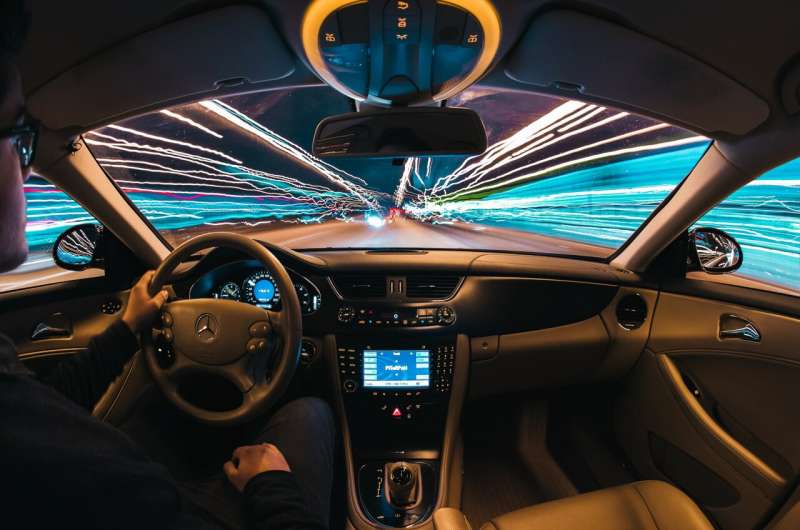
Just making a small tweak to algorithms typically used to enhance images could dramatically boost computer vision recognition capabilities in applications ranging from self-driving cars to cybernetic avatars, RIKEN researchers have shown.
Unlike most artificial intelligence (AI) experts, Lin Gu from the RIKEN Center for Advanced Intelligence Project began his career as a therapist. This background gave him unique insight into scale variance—a critical issue facing computer vision that refers to the difficulty of accurately detecting objects at different scales in an image. Because most AI systems are trained on high-resolution images, realistic low-quality pictures with blurry or distorted features pose a challenge to recognition algorithms.
The situation reminded Gu of Alice in Wonderland syndrome, a distorted vision condition that causes objects to appear smaller or larger than they actually are. “Human vision has size constancy, meaning we perceive objects as being the same size despite how the retinal image changes,” says Gu. “In contrast, existing computer vision algorithms lack that constancy, like Alice.”
Now, inspired by hippocampal replay techniques used by the brain to form memories, Gu and co-workers have developed a model that randomly degrades the resolution, blurriness, and noise of a high-resolution image—searching for features that stay the same after repeated changes. The research is published in Computer Vision—ECCV 2022.
By training on the generated data, the algorithm can perform self-supervised learning: helping other image-processing algorithms figure out what objects are in the image and where they are located without human intervention. The result: a more computationally efficient method of encoding and restoring the critical details in an image.
“In typical self-supervised learning methods, training data is modified by either masking part of the image or changing contrast before learning the supervisory signal,” explains Gu. “We propose using resolution as a self-supervision clue for the first time.”
Aside from typical computer vision uses, Gu notes that perceptual constant representation will be a fundamental part of technologies related to cyborgs and avatars. As an example, he cites his participation in a futuristic project by Japanese science agencies to create a realistic digital version of a government minister that can interact with citizens.
“For the artificial memory mechanism, representations that are invariant to resolution changes can act as a keystone,” says Gu. “I’m working with neuroscientists in RIKEN to explore the relation between artificial perpetual constant representation and the real one in the brain.”
This method is also being applied to terahertz imaging—an emerging non-destructive imaging technique with much potential in biomedicine, security and materials characterization. “As part of an ongoing collaboration with Michael Johnston’s team at Oxford University, we’re developing a new generation of terahertz imaging devices by using AI to enhance its quality and resolution,” Gu says.
More information:
Ziteng Cui et al, Exploring Resolution and Degradation Clues as Self-supervised Signal for Low Quality Object Detection, Computer Vision—ECCV 2022 (2022). DOI: 10.1007/978-3-031-20077-9_28
Citation:
Exploring sharper computer vision for self-driving cars and cybernetic avatars (2023, June 6)
retrieved 6 June 2023
from https://techxplore.com/news/2023-06-exploring-sharper-vision-self-driving-cars.html
This document is subject to copyright. Apart from any fair dealing for the purpose of private study or research, no
part may be reproduced without the written permission. The content is provided for information purposes only.
For all the latest Technology News Click Here
For the latest news and updates, follow us on Google News.
